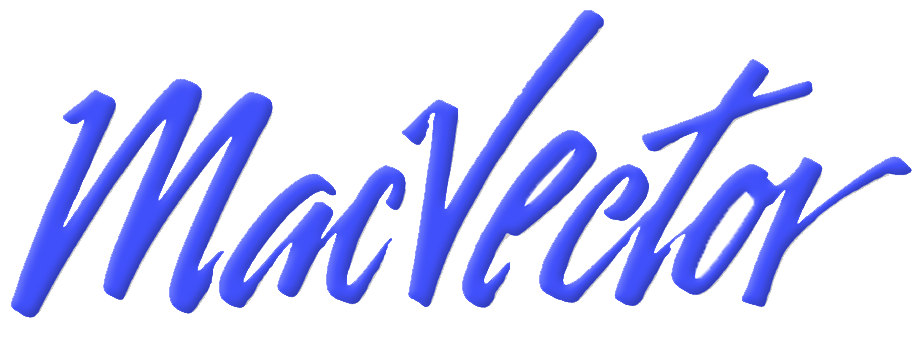-
Use dot plots to quickly confirm similarity between two sequences
Read more: Use dot plots to quickly confirm similarity between two sequencesWe occasionally get e-mails from users who think that two sequences should align using ClustalW or the Align To Reference function, but the algorithms cannot find any meaningful matches. In these cases, the first thing I do is open both sequences and then create a dot-plot between them using the Analyze | Create Dotplot |…
-
Downloading BLAST Hits from the NCBI direct to your desktop
Read more: Downloading BLAST Hits from the NCBI direct to your desktopWhen you use MacVector to run a BLAST search, did you know that you can download any matching sequences directly from the BLAST Description List window? Simply select text on any part of the line(s) representing the sequence you want to download and choose Database | Retrieve To Desktop or Database | Retrieve To Disk…
-
Troubleshooting problems with MacVector
Read more: Troubleshooting problems with MacVectorMacVector generally just works. However, it’s a very rare piece of software that does not have occasional technical faults. Every now and again we do get reports to MacVector Support about such technical issues. Whenever we come across such issues we document them and also try to fix it so they never happen again in…
-
Save trace files as images
Read more: Save trace files as imagesYou can open ABI chromatogram (“Trace”) files directly in MacVector and analyze them like any other sequence. You can also use them in the Align To Reference and Assembler interfaces, where the actual trace data will be displayed, or in any other function that accepts external sequence files. Sometimes you just want to print out,…
-
Annotating the sequence in the Editor tab
Read more: Annotating the sequence in the Editor tabYou can very quickly annotate a region of interest in your sequence in the Editor tab. For example showing introns in lower case or highlighting CDS features with a colored background. To enter sequences as mixed case. Enable Edit | Transformations | Enable Mixed Case Entry Type your sequence using SHIFT or CAPS LOCK To…
-
Displaying features in the Editor tab
Read more: Displaying features in the Editor tabThe Map tab shows a richly detailed graphical representation of your sequence. However, sometimes you just need a overview of annotation along with sequence. MacVector makes it easy to display features directly on the sequence in the Editor tab. Only a subset of a sequence’s features are displayed due to limited room. You can choose…
-
Create constructs using the Cloning Clipboard
Read more: Create constructs using the Cloning ClipboardYou can create new constructs in MacVector by selecting two restriction enzyme sites, choosing Edit -> Copy, selecting a target restriction site in a different molecule and then choosing Edit -> Paste. It works great and fully understands compatible overhanging sticky ends preventing you from accidentally creating biologically impossible molecules. However, a far more flexible…
-
Using the Primer Database to store your lab’s collection of primers
Read more: Using the Primer Database to store your lab’s collection of primersMacVector 14 saw the introduction of the new Primer Database tool. This allows you to save and retrieve primers from the Primer Database from the Primer3 and Quicktest Primer tools. You can also scan sequences for potential primer binding sites. The tool comes with a starter database of primers, but you can use existing subsequence…
-
Editing the appearance of your sequence maps
Read more: Editing the appearance of your sequence mapsAlthough we think that the default appearance of sequence maps in MacVector is very pretty, sometimes the defaults are not to everybody’s taste! If you think this way, then changing how maps look is very easy. As usual with MacVector, there are many ways to quickly edit the appearance of a feature or multiple features.…
-
The Importance of Topology
Read more: The Importance of TopologyMacVector understands the difference between circular DNA molecules and linear DNA molecules. Not just from the standpoint of how the molecule is displayed on the screen, but also in regard to how the analysis algorithms handle the junction at the ends of the circle. The Topology button controls the underlying linear versus circular state of…
